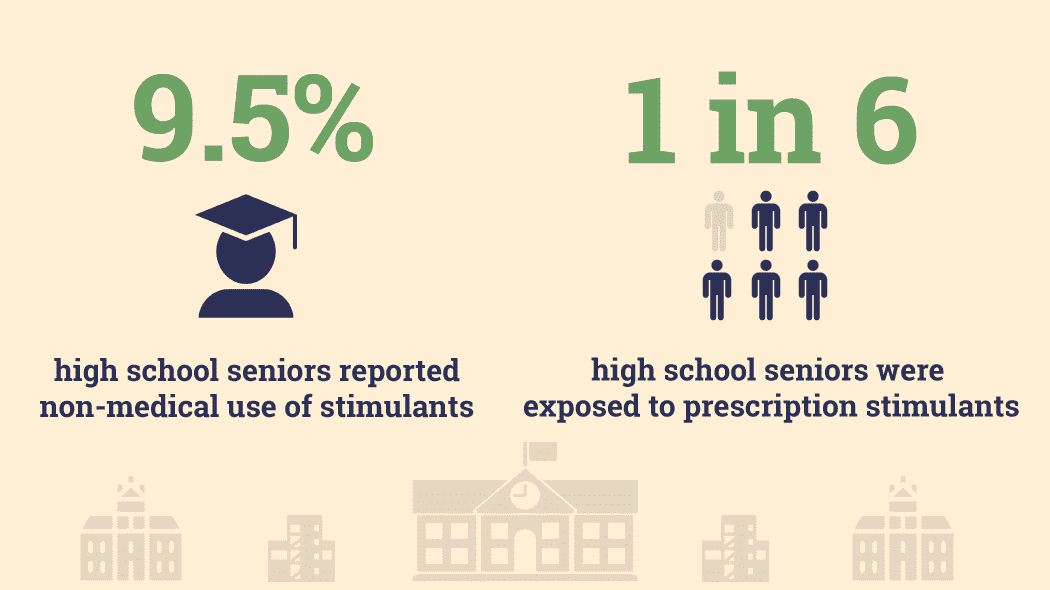Teen Adderall Addiction: Signs, Dangers, and Treatment Options
Teen Adderall addiction is a growing concern for families and healthcare professionals. As more young people misuse this prescription stimulant, the risks of dependence and health problems increase. Early recognition of warning signs is essential for parents and caregivers. Addressing the problem quickly can prevent serious consequences.
What Is Adderall?
Adderall is a medication that combines amphetamine and dextroamphetamine. Doctors prescribe it to manage ADHD and narcolepsy. However, misuse can quickly lead to dependency, especially among teens seeking improved focus or energy.
Why Are Young People at Risk for Adderall Addiction?
Many teens misuse Adderall to get high, cope with academic pressure, or stay awake for long study sessions. Some believe it will help them achieve better grades, even though research shows otherwise. Using Adderall as an appetite suppressant is another reason for misuse. All these behaviors increase the risk of developing a substance use disorder and can result in dangerous side effects.

How Addiction Develops
Dependency often develops when someone uses the drug frequently or in higher doses than prescribed. Over time, the body builds tolerance, which leads to increased use and a higher risk of substance use disorder. As a result, monitoring prescription use and open communication are vital in preventing misuse.
Recognizing the Signs of Adderall Addiction
It is important to recognize the warning signs of stimulant misuse early. Typical symptoms include:
Taking medication not prescribed to them
Using higher doses than directed
Snorting, injecting, or smoking pills
Mixing stimulants with other substances
Intense cravings and continued use despite negative effects
Risky behaviors and sudden changes in mood
Poor appetite, weight loss, and trouble sleeping
Increased agitation, anxiety, or paranoia
Declining academic performance and social withdrawal
If you notice these signs, seek help quickly. Early intervention can make a significant difference in a teen’s recovery.
Dangers and Side Effects
Misuse can cause both short-term and long-term health risks. Common side effects include nervousness, insomnia, headaches, and loss of appetite. More serious dangers are heart problems, hallucinations, paranoia, and seizures. Snorting pills increases the risk of overdose and can damage the nasal passages. Therefore, addressing stimulant misuse promptly is crucial for long-term health.
Overdose Risks
Overdosing on Adderall is life-threatening. Symptoms of overdose include restlessness, tremors, rapid breathing, confusion, and irregular heartbeat. If you suspect an overdose, seek medical attention immediately, as it can lead to seizures, coma, or death. Understanding these risks is essential for anyone concerned about prescription drug misuse.
Withdrawal and Treatment Options
Teens who stop taking stimulants after long-term misuse may experience withdrawal symptoms such as depression, fatigue, irritability, and sleep problems. These symptoms can make quitting difficult without support. Treatment options include medical detox, behavioral therapy, and ongoing care. Inpatient rehab is often recommended for severe cases, and therapy helps teens develop healthy coping skills.
How Parents Can Help
Parents play a vital role in prevention and recovery. Regularly check in with your teen, count pills, and discuss the risks of misuse. If you suspect a problem, encourage your child to seek professional treatment and provide emotional support throughout their recovery. Additionally, staying informed about the dangers of prescription drug misuse helps families make safer choices.
Adderall Addiction Support
If your teen is struggling with Adderall addiction, reach out to a treatment center or healthcare provider for guidance. Early intervention and ongoing support can make a significant difference in recovery from teen Adderall addiction. Support groups, counseling, and educational resources are available to help families navigate this challenging situation.
Resources
- Adderall (Amphetamine And Dextroamphetamine) – Side Effects, Interactions, Uses, Dosage, Warnings: Everyday Health. (n.d.). Retrieved from www.everydayhealth.com
- Lakhan, S. E., & Kirchgessner, A. (2012, September). Prescription stimulants in individuals with and without attention deficit hyperactivity disorder: Misuse, cognitive impact, and adverse effects. Retrieved from www.ncbi.nlm.nih.gov/
- Hom, E. J. (2018, October 18). Adderall: Uses, Side Effects and Abuse. Retrieved from www.livescience.com/
- Overdose: What Is It and How Does It Happen? (2020, September 18). Retrieved from www.addictioncenter.com
- More college students are using Adderall to stay up and study. (2016, February 17). Retrieved from www.futurity.org/
- National Institute on Drug Abuse. (2020, July 24). Prescription Stimulants DrugFacts. Retrieved from www.drugabuse.gov
- Rivas, A. (2014, December 11). This Is Your Brain On Adderall. Retrieved from www.medicaldaily.com
- Bhandari, S. (2020, June 29). Adderall Abuse and Addiction: Symptoms and Warning Signs. Retrieved from www.webmd.com
- Hom, E. J. (2018, October 18). Adderall: Uses, Side Effects and Abuse. Retrieved from www.livescience.com
- Sussman, S., Pentz, M. A., Spruijt-Metz, D., & Miller, T. (2006, June 09). Misuse of “study drugs:” prevalence, consequences, and implications for policy. Retrieved from www.ncbi.nlm.nih.gov
- Bhandari, S. (2019, September 05). Adderrall Withdrawl: Symptoms, Duration, Remedies, and Prevention. Retrieved from www.webmd.com
- Schwarz, A. (2012, June 09). Risky Rise of the Good-Grade Pill. Retrieved from www.nytimes.com
- . (n.d.). Retrieved from https://health.mo.gov/
- Intervention: Help a loved one overcome addiction. (2017, July 20). Retrieved from www.mayoclinic.org
- Monroe, J. (2020, June 02). Teens and the dangers of Adderall High Side Effects. Retrieved from www.newportacademy.com
- Monroe, J. (2020, June 02). Teens and the dangers of Adderall High Side Effects. Retrieved from www.newportacademy.com
- BT;, M. S. (n.d.). Medical and nonmedical use of prescription stimulants: Results from a national multicohort study. Retrieved from pubmed.ncbi.nlm.nih.gov